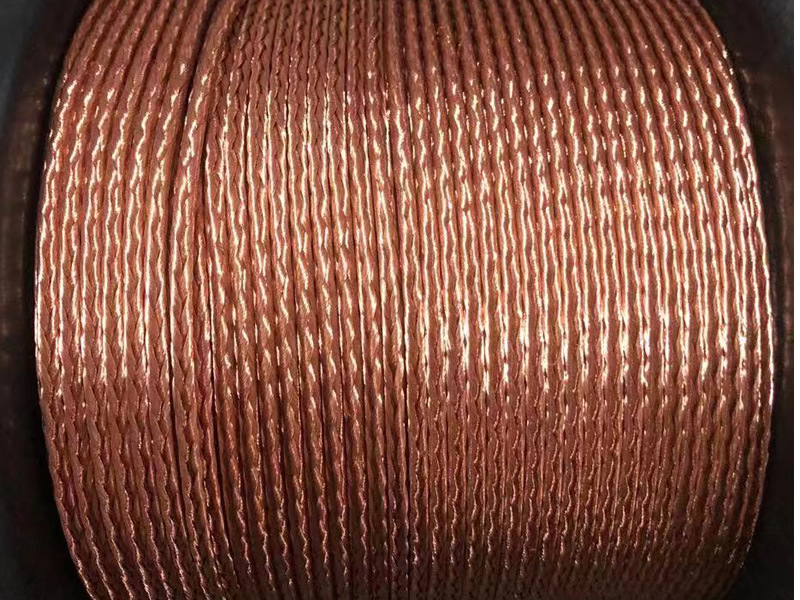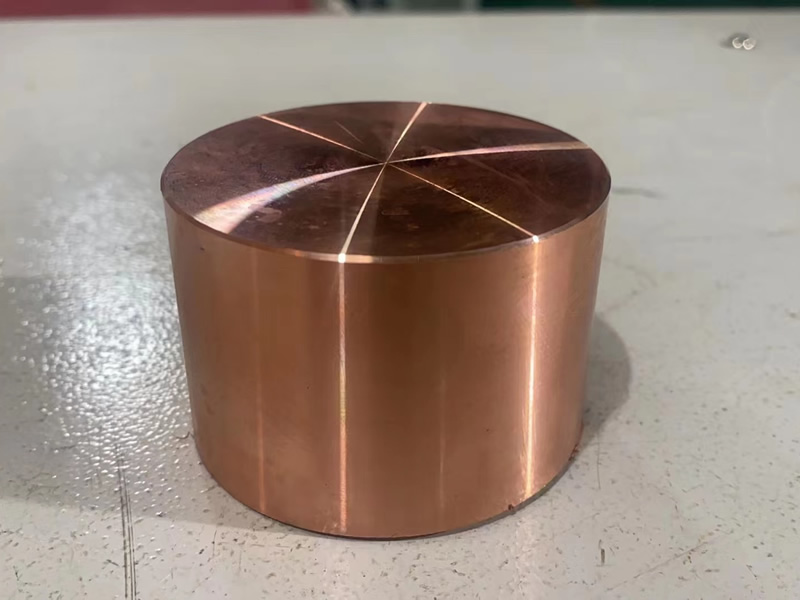Back to the Future: Next-Generation Vacuum Electronics
Millimeter wave vacuum tubes, including ones like the traveling wave tube (TWT) depicted here, amplify signals by exchanging kinetic energy in the electron beam (shown as a blue line) with electromagnetic energy (shown as a wave) in the signal. This figure represents a cutaway view of a TWT with all of the critical components: electron gun, magnetic circuit, electron collector, and the windows that keep the vacuum inside the tube while letting the signals flow in and out.
Solid-state electronics began to overtake vacuum tubes in radios, computers, and other electronic and radio frequency gadgetry more than 60 years ago. Now we live in a Silicon Age. Even so, vacuum electronic devices, whose origins date to the 19th century, touch our lives every day.
Those microwaves that heat the food in your microwave oven come from a magnetron, the vacuum tube that made radar possible in the first half of the 20th century. Traveling wave tubes (TWTs), not solid-state amplifiers, generate the strong electromagnetic signals in communication satellites because of their exceptional on-orbit reliability and high power efficiency. And it’s the unique ability of vacuum-tube electronic devices to generate high-frequency signals at chip-melting operating powers that makes possible modern aviation radar systems for navigation and collision avoidance. What’s more, there are more than 200,000 vacuum electronic devices (VEDs) now in service in the Department of Defense, powering critical communications and radar systems that cover the land, sea, air, and space.
With its new Innovative Vacuum Electronic Science and Technology (INVEST) program, DARPA aims to develop the science and technology base for new generations of more capable VEDs.



